
This beautiful chicken is one of the oldest breeds of chicken in England. They were used as a dual purpose bird which lays nice large brown eggs and has a tasty tender white meat that rivals most other table birds.
| Country of Origin: | England |
| American Poultry Association: | Recognized as a breed of chicken in the United States |
| Chicken Category: | Large Breed |
| Chicken Class: | English |
| Bantam Variety Available? | Yes – Single Comb Clean Legged Bantam Classification |
| Good Starter Chicken? | They are a low maintenance chicken with a nature that makes them perfect as a starter chicken. |
PURPOSE⇒ |
Eggs: They are good egg layers.
They lay large light brown eggs from 200 – 350 per year They will lay throughout the year They start to lay eggs from around 20 weeks old.
Meat: Their white meat is said to be of superior quality making them excellent table birds
Breeding: They can be bred as they do get broody and are excellent sitters. They make great brood hens and will happily raise adopted chickens from any breed.
If you are breeding the Sussex for show choosing the correct hens and rooster bloodline is crucial. For advice on breeding please check our guide to breed poultry.
Foraging: They love to scratch and forage about.
Show Bird: They make a great show bird
Pets: Their curious and friendly nature make them excellent pets that get very attached to their owners.
Other: They love to garden with their humans, scratch
Scratch out weeds and get rid of pesky pests that your garden can do without. They will give your organic garden a lot of nutritious fertilizer to ensure great blooms and tasty vegetables. |
| Flyers? | They can fly |
| Noisy Birds? | Not too noisy |
| Interaction with other chickens: | They get along well with other chickens. As with any flock if you are introducing new birds it is best to slowly socialize them with the flock. |
| Good with kids? | They are good with supervised children and do not mind the attention. They are easy to handle. |
HISTORY
They were once known as Old Sussex or Kent Fowl and are one of the oldest breeds of chickens in England. They were first shown at the very first poultry show in Britain that took place at the London zoo in 1845.
These chickens come for the historic county of Sussex which is in the south-east of England and come in a few different varieties. They also have a Bantam variety.
The Sussex along with the Rhode Island Red was the main poultry meat sources in the United Kingdom at the beginning of the twentieth century right up until the Second World War. After the war, the bird was replaced by industrial hybrid birds and its numbers drastically declined to the brink of extinction.
Thanks to the efforts of breeders clubs the breed started to recuperate. It is still listed on the Livestock Conservancy but at a “watch/recovering” status.
The Sussex chicken was introduced to America around 1912 and was accepted into the Standard of Perfection by the American Poultry Association in different stages.
The Speckled and Red variety was accepted by the APA in 1914 and the Light in 1929.
They are a wonderful breed for a backyard or small farm coop as they are prolific layers, great table birds and make wonderfully friendly pets that are good with children.
CHARACTERISTICS |
|
|---|---|
IDENTIFICATION⇒ |
Appearance/Body: Sussex has bright red combs, wattles and face.
This tends to give them a friendly alert expression. A graceful chicken with a flat back, long straight breastbone, rectangular body with wide shoulders. A truly graceful bird.
Color(s) Light, Speckled and Red
Comb: They have a single comb
Ave. Weight: Hens/Pullet 6 – 7.5 lbs.
Cockerel 7.5 – 8 lbs. |
| Life Expectancy: | The average lifespan is 6 – 8 years |
| Health: | They do not have many known health issues and are a hardy bird. |
| You may Also Like: | HOW TO TELL IS A CHICKEN IS SICK |
| Temperament: | They are calm, curious and friendly birds |
| Socialize Behavior? | They get along well with all other animals |
| You may Also Like: | HOW TO SOCIALIZING YOUR NEW CHICKENS |
| Known predators: | Most domestic animals leave them alone but it is always best to keep an eye on dogs and cats. If hawks and or foxes are in your area it is always best to take precautions. Check with local animal shelters, zoos, vets, animal control and or pet stores about common predators in your area. |
| Conservation Status: | These birds conservation status is recorded as “watch/recovering”. It is best to check on any special license or instructions that may be set up for owning these birds. This can be checked with your local or national conservation centers. |
IDEAL ENVIRONMENT |
|
|---|---|
| Garden Size: | These great birds adapt well to any garden size and do well in confinement. They are happiest when allowed out of the coop to forage and free-range about the garden |
| Ideal Climate: | They do not mind the cold and are very hardy birds |
| Ideal Coop: | The rule of thumb for any coop is 50 cm x 50 cm per hen/rooster in the coop. Ensure there is a good space for the nesting boxes and nightly roosting rails at least 1.5 inches wide. Good ventilation for air but not too drafty especially in winter. It is always a good idea to raise the coop off the ground to give the birds a dry place to roost and lay especially in wet weather. |
| Ideal Coop Run: | It is a good idea for safety from predators to completely cover the coop run these birds can and will fly. |
| Ideal Flock Size: | They like to socialize so there should be more than one chicken in the flock for them to free-range around the garden with. |
| Special Instructions: | They do not have any special requirements |
| Accessories: | The following accessories are ideal for your coop: Nesting boxes Straw for the boxes and roosting area Roosting rails Perches Water troughs/bowls Food bowls/feeders Heating lamp(s) Animal carrier for transport purposes |
| You may Also Like: | 45 FREE DIY CHICKEN COOP PLANS, TUTORIALS AND DESIGNS |
WHERE TO FIND THESE BIRDS TO ADD TO YOUR FLOCK
As they are not so rare you will probably be able to find them at live poultry outlets and farms. There are a lot of internet sites that sell these birds as chicks and or hens/roosters. Sites such as Purely Poultry and My Pet Chicken. There are various hatcheries around the country that also advertise on the internet and could be useful to find these chickens. The best way to find registered breeders your flock is through the American Poultry Association, the Livestock Conservancy websites or American Sussex Breeders. These sites will also have a host of valuable information, advice and tips. If you plan on breeding your chickens, you will want to make sure that they are from a good bloodline.
The breeder’s clubs will also be able to help with any special requirements, attention or care they may need.
CARING FOR THE BIRD(S)
Please click here for our full guide to “Taking care of chickens”. This is a comprehensive guide to owning chickens. It covers where to start from choosing your ideal flock, the coop that would best suit your garden, your bird and you to buying and bringing your bird(s) home.
GENERAL
These are the most precious pets that will bring an elegance and style to any garden.
As they are a very weather hardy chicken they do not have a lot of special requirements and will attach themselves to their owners. They especially like to be underfoot during the gardening time to help flush out and discard of the critters.
GROOMING
Other than the preferred dust baths that all chickens enjoy as a grooming routine they do not require much in the way of this. More than one dust bath positioned around the garden with some essential herbs to help with the critters is a good idea. Their dust baths should be sheltered and shaded so they are protected from becoming muddy in the winter and too hot in the summer months. As they are a friendly bird that does not mind being handled checking them for mites, lice and various other parasites should not be a problem. This should be done on a regular basis at least once a week to ensure your birds stay healthy. Always get your birds de-wormed on a regular basis especially if they are around other animals or interacting with kids.
DIET AND NUTRITION
The Sussex curious active nature makes it a great forager. They love to scratch around and eat garden insects and pests. They also love indulging in table scraps and will eat most vegetable or fruit leftovers. They can get fat rather quickly, so it is best to limit the table scraps and feed them their regular chicken feed first thing in the morning before they are let out to roam and forage. They will eat chicken pellets, grains, chicken mash or grain mix from 8 weeks old and older. If they are confined to a run it is best to have it in a form of a tractor that can be position in different parts of the garden on a different day.
For baby chickens, the best is always Chick Starter when they are under 8 weeks old.
Laying hens should get extra protein and calcium in their diets to ensure the quality of their eggs and to keep them in tip-top health.
Please see our comprehensive guide to “Feeding your chickens” for more information of the different types of chicken feed for chicks, hens, laying hens, roosters, etc. and where to buy the feed and approximate cost of the feed.
SOCIALIZING THE BIRD(S)
They are very sociable birds that get along with other chickens, but they are quite docile chickens and the more aggressive breeds may pick on them.
If you want to introduce another breed with your Sussex, try a breed that has a gentle nature that will match theirs. Breeds like the Hamburg and even Silkies will be best suited to mix with your Sussex.
As with any newcomer to the roost, you will have to quarantine the bird for 7 – 31 days to ensure it does not have any unwanted critters or disease that could spread to your current flock.
Even though they are a docile breed, even they have a pecking order, so it is advisable to socialize them slowly and determine when it is right to allow newcomers to become a permanent part of the flock.
NOTES / SPECIAL INSTRUCTIONS
As they are registered as “watch/recovering” conservation status they may need an extra license to own or keep in your garden. For advice on what the bird’s conservation status and orders are, please check with your local conservation department.
For breeders, it is imperative that you always check your bird’s bloodlines and ensure you are buying your birds from a reputed breeder/farm. In order to sell birds of such stature, they have to be recorded and documented, always check with local animal breeding organizations for these records.
These legitimate documents are also required should you wish to show your bird(s) in various poultry shows/competition showings.
For information and advice on adopting rescued animals, you can visit or contact your local animal welfare center.
Video
USEFUL LINKS
- Caring for your Chicken
- Feeding
- Health
- Socializing your Chicken
- Breeding Chicken
- Raising Chickens A-Z
- Hatching Eggs
- What is Molting
- Animal Shelter (ASPCA)
- American Veterinary Medical Association
- American Poultry Association
- American Animal Welfare Society
- American Animal Control
- American Animal Husbandry Society
References
- https://en.wikipedia.org
- https://livestockconservancy.org
- https://www.roysfarm.com
- https://www.mypetchicken.com
- https://www.backyardchickens.com
- https://www.feathersite.com/
 Bearded D’Anvers Bantam Chicken Breed – Everything You Need to Know
Bearded D’Anvers Bantam Chicken Breed – Everything You Need to Know Campine Chicken Breed – Everything You Need to Know
Campine Chicken Breed – Everything You Need to Know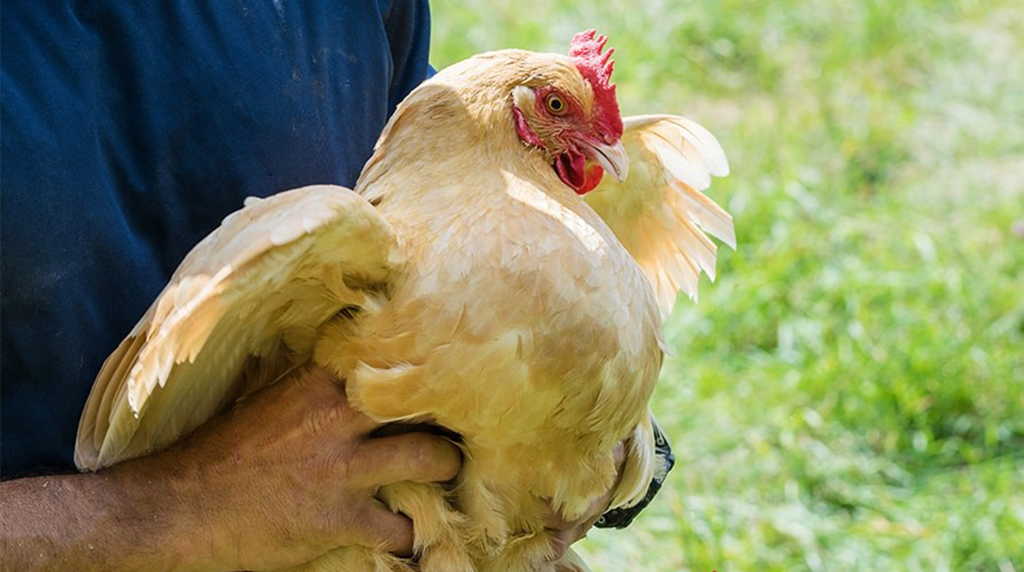 Why Deworming Chickens is Important?
Why Deworming Chickens is Important? CONDITIONS THAT AFFECT THE EYES OF A CHICKEN
CONDITIONS THAT AFFECT THE EYES OF A CHICKEN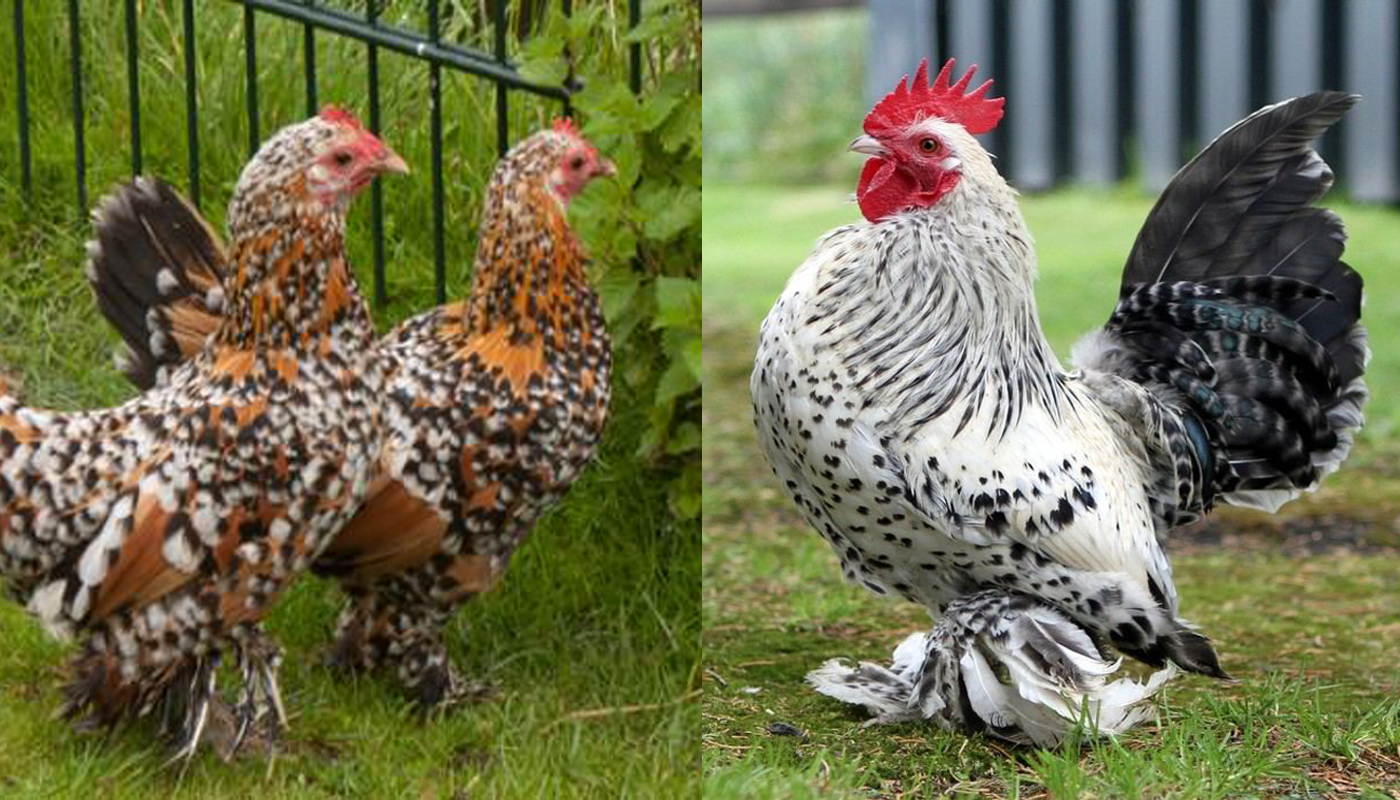 Booted Bantam Chicken Breed – Everything You Need to Know
Booted Bantam Chicken Breed – Everything You Need to Know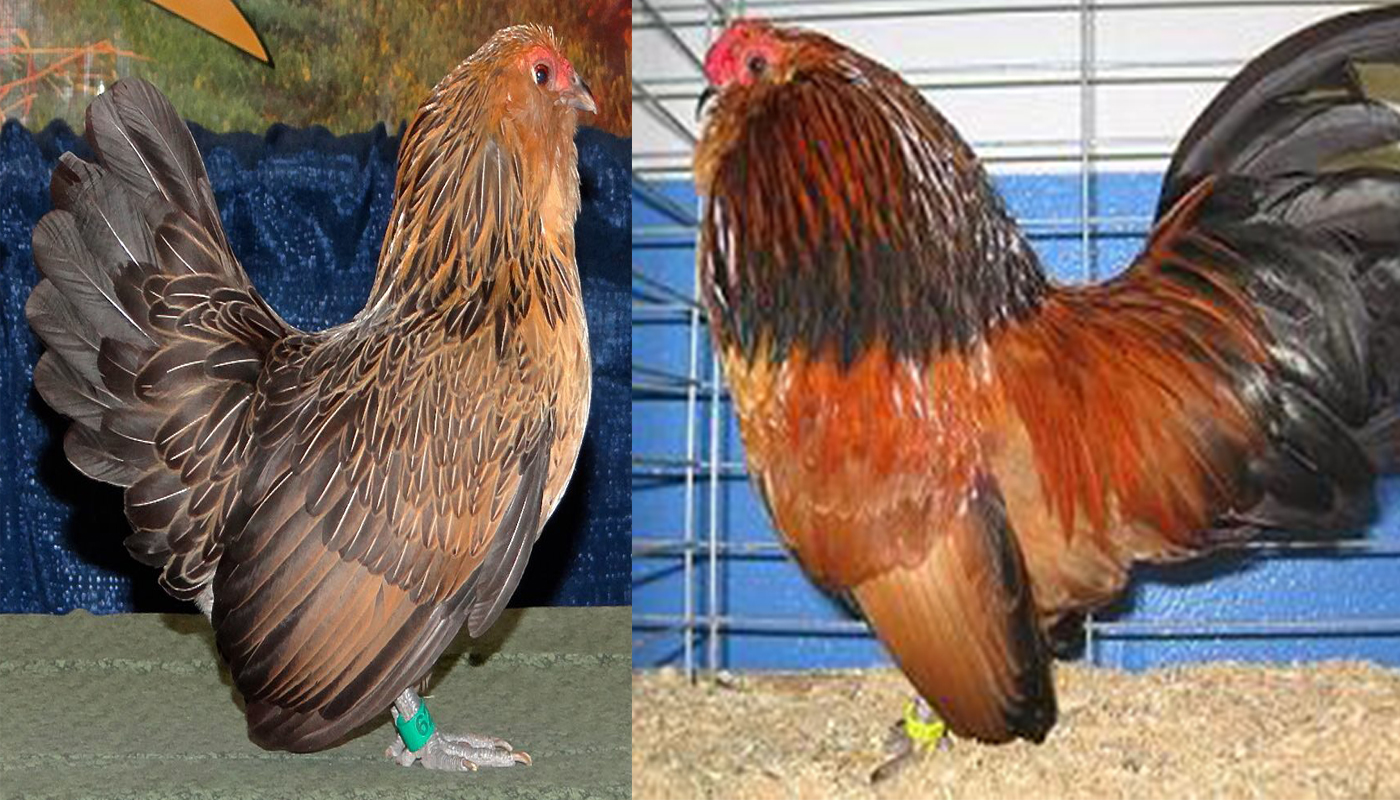 10 of the Smallest Chicken Breeds
10 of the Smallest Chicken Breeds Sumatra Chicken Breed – Everything You Need to Know
Sumatra Chicken Breed – Everything You Need to Know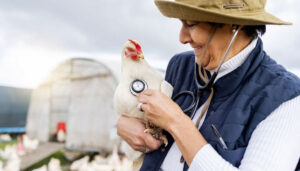 The Basics of Chicken Health: Understanding Common Ailments and Prevention Strategies
The Basics of Chicken Health: Understanding Common Ailments and Prevention Strategies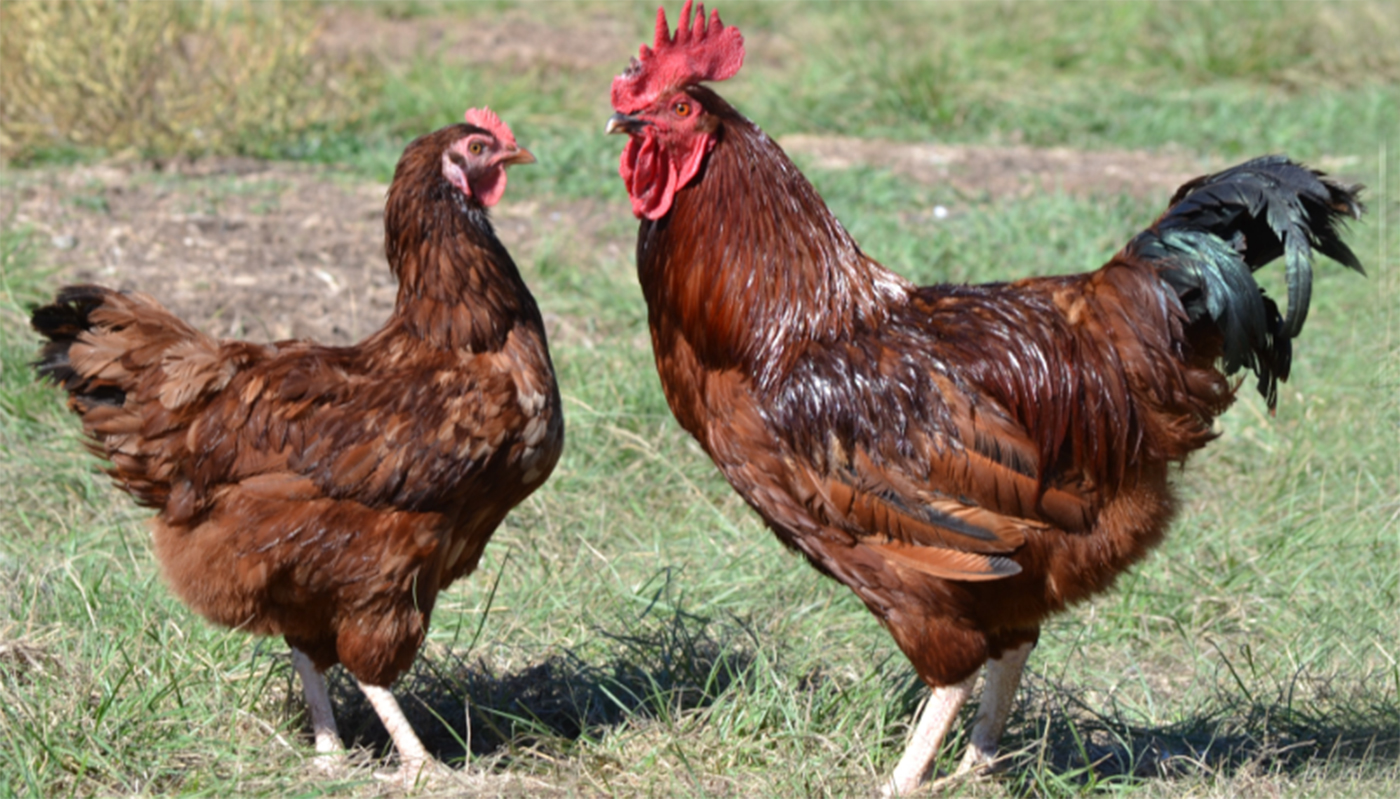 Rhode Island Red Chicken Breed – Everything You Need to Know
Rhode Island Red Chicken Breed – Everything You Need to Know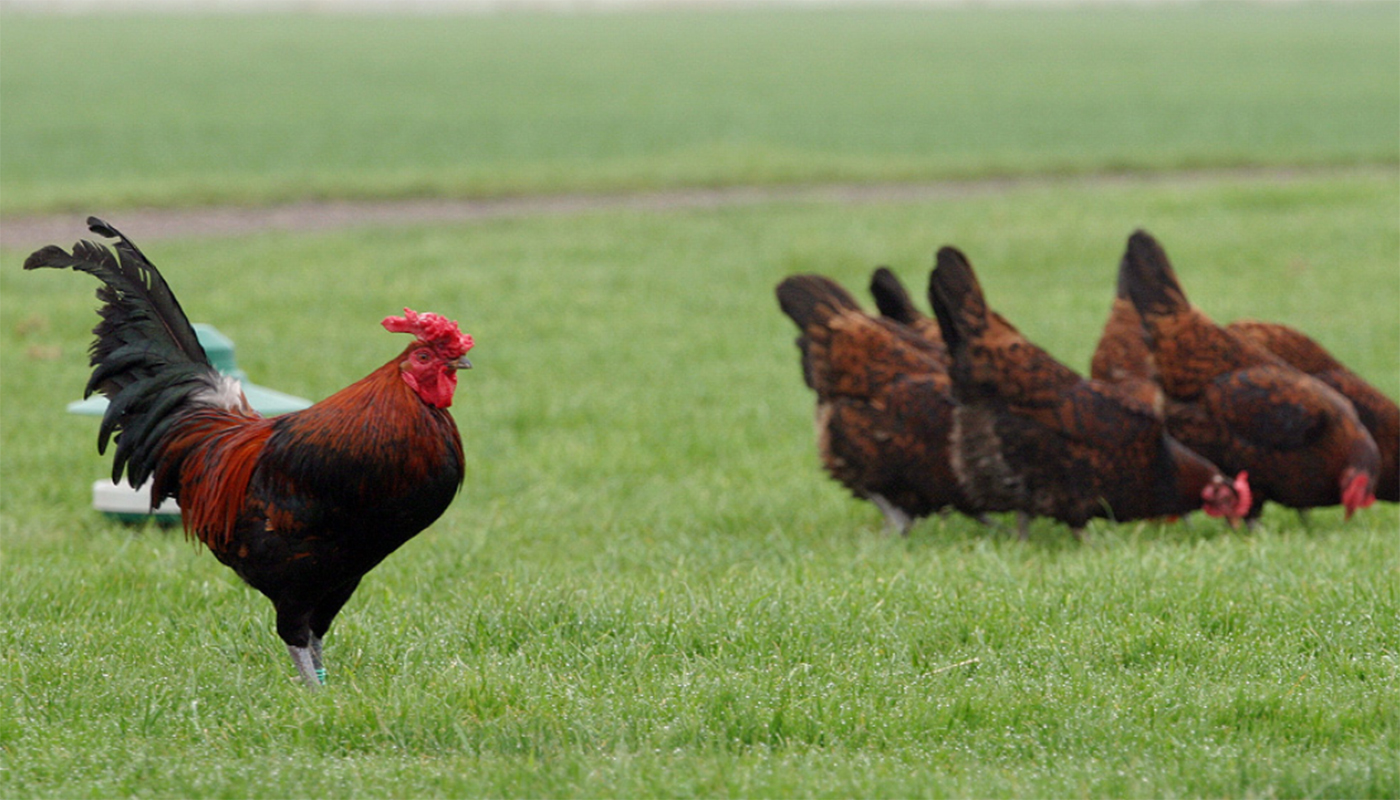 Redcap Chicken Breed – Everything You Need to Know
Redcap Chicken Breed – Everything You Need to Know Silkie Chicken Breed – Everything You Need to Know
Silkie Chicken Breed – Everything You Need to Know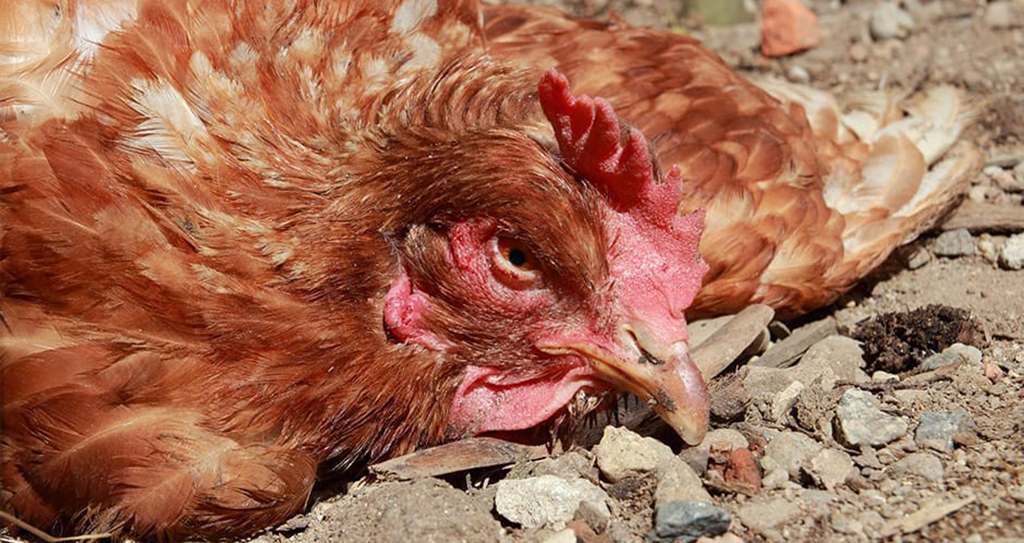 Conditions that can affect a Chicken Respiratory System
Conditions that can affect a Chicken Respiratory System